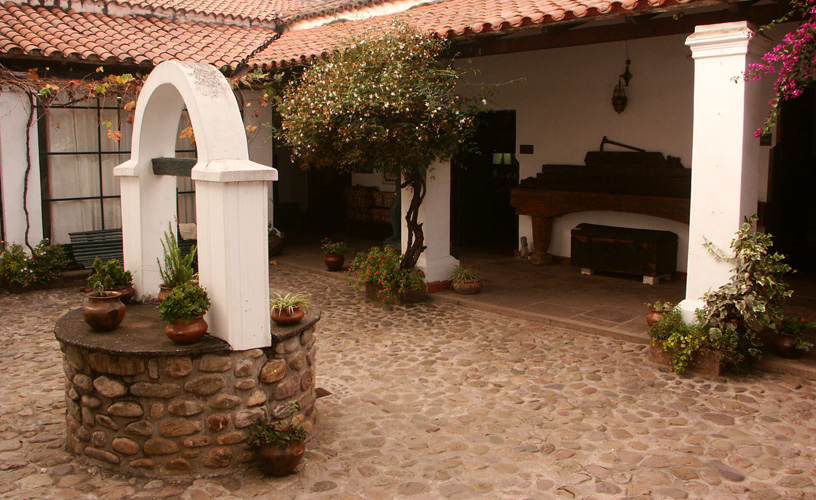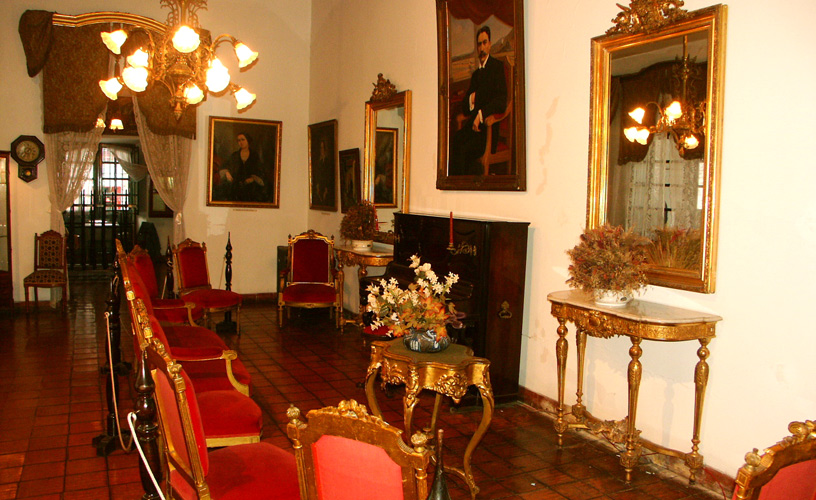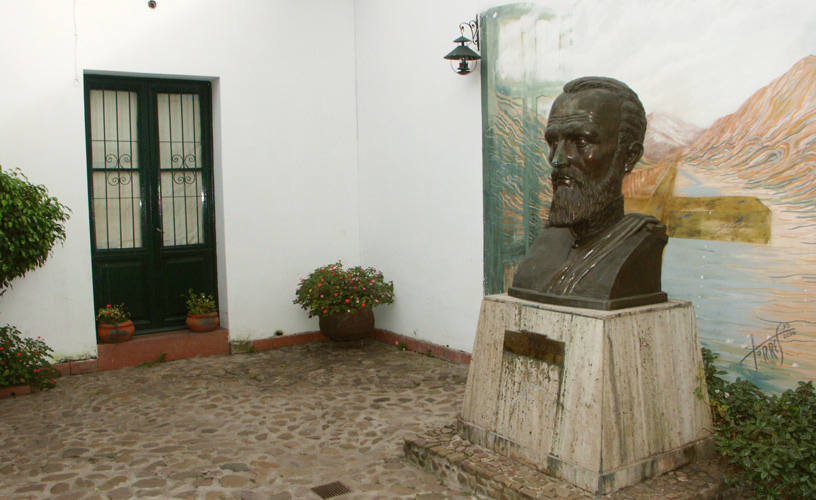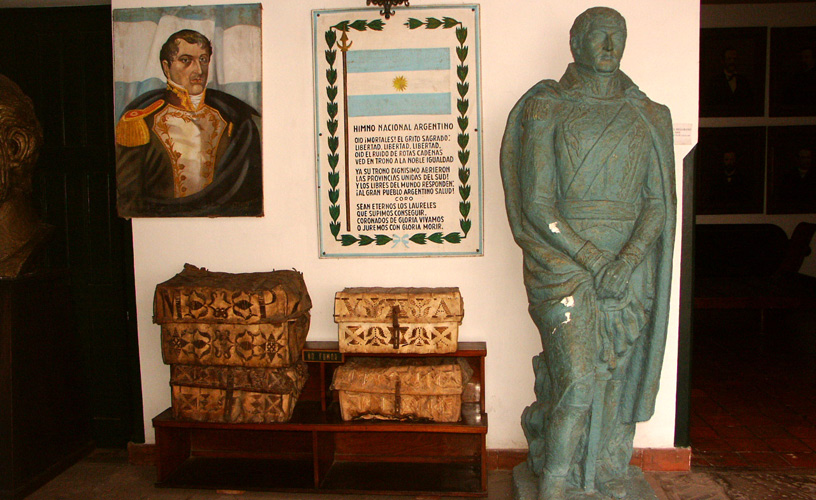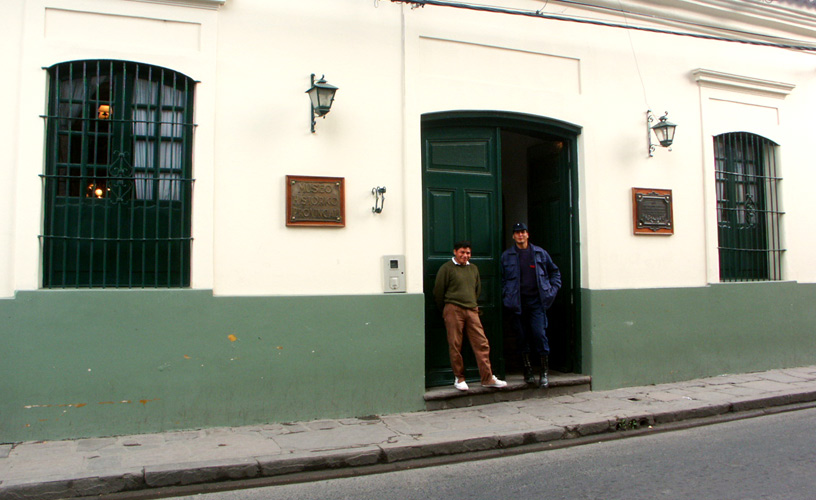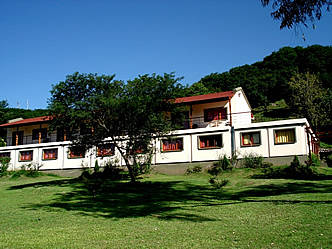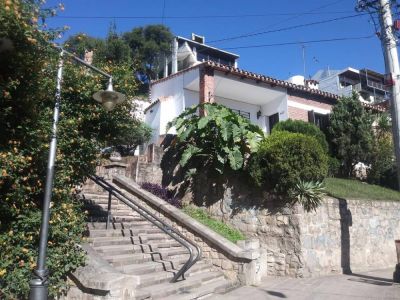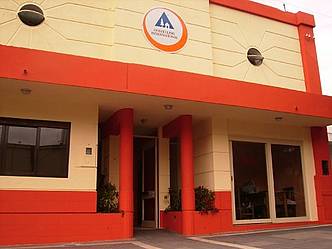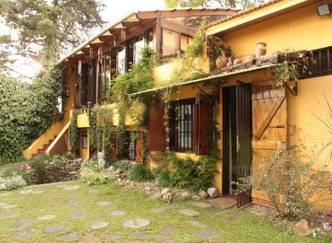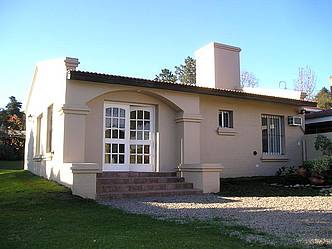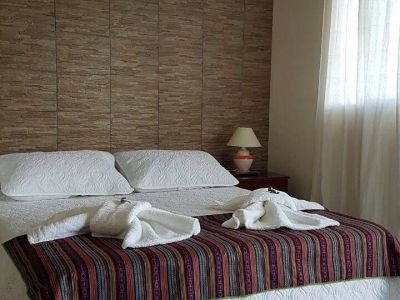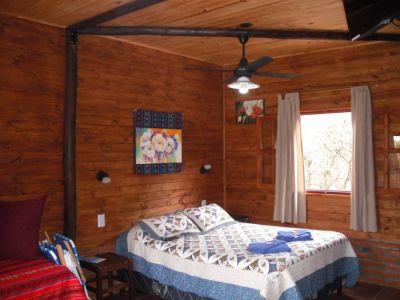Juan Galo Lavalle Historical Museum (declared National Historical Monument) was inaugurated in 1943 and ever since 1962 it has stood at its present address, 265, Lavalle Street, between San Martín and Belgrano Streets. This is a typical grand house from colonial times which contains 9 rooms and 2 inner yards.
At that very spot, on October 9, 1841, 44-year-old General Juan Galo Lavalle passed away after being defeated by the federales in the battle of Famaillá. His body was carried to Huacalera, a settlement in the Humahuaca Ravine, in order to avoid the federal troops.
The museum was created as a tribute to the political leader. Its 7 rooms do not feature any chronological order and they contain sculptures, furniture, paintings, fire weapons, swords, documents, banners as well as civil and military outfits of the period. The venue also offers a temporary show room and a room for videos and conferences.
Furthermore, there is an aljibe in the second yard, an old pen in the back of the property and an iron bell used by General Belgrano in order to summon the people who would bless the Argentinian flag in 1812.
The quepis (hats) are probably the most emblematic objects in this site. The officers from Squad #12 of the National Guards used to wear them. These hats are displayed at the Exodus and Independence Room. This same area features the trophies obtained in the battle of Suipacha and the letters sent by General Manuel Belgrano. There are also flags and other fighting elements used during the struggle for emancipation from the Spanish crown.
Museo Juan Galo Lavalle
Another room is named after the heiress of Lavalle’s house: Mrs. Doraliza Blas de Zenarruza, a prestigious lady whose memory is clearly commemorated in this room. It displays objects that reflect the lordship of the time: Louis XV furniture, nacre and gold hand-painted fans, beveled mirrors and huge heavy curtains made with majestic and impressive fabric.
The Governors’ Room presents portraits of the 40 governors of the Province of Jujuy between 1834 and 1943. As well, countless personal items owned by some of the former authorities, such as typewriters, letters and pens, are on display.
Most of the dresses were donated by the Saravía family, from the District of Santa Catalina, in Northwestern Jujuy.
The Religious and Colonial Art Room shows the bishops’ outfits, paintings, and bells from the puna and the ravine churches. This room presents a remarkable heterogeneous collection of objects: documents, religious images, oil paintings of the Cuzco schools and a piano from the chapel of Huacalera.
Dr. Macedonio Graz Room pays tribute to a very important civil servant in Jujuy, who introduced the first printing press in the province and founded El Orden newspaper in 1856. This area contains family furniture.
Lastly, Gral. Juan Galo Lavalle’s Room exhibits uniforms, weapons, sabers, banners, letters and countless personal items once owned by this military man. After the Peace Treaty of Rio de Janeiro, Lavalle (1797 -1841) led the troops from the "Oriental Strip" (Uruguay) against Buenos Aires (1828). With the support provided by the unitarios, he attempted to overthrow federal hero J. M. de Rosas but was defeated in Northern Argentina in the battle of Famaillá. Eventually, he lost his life in the City of San Salvador de Jujuy.
Pablo Etchevers
Marcelo Sola
